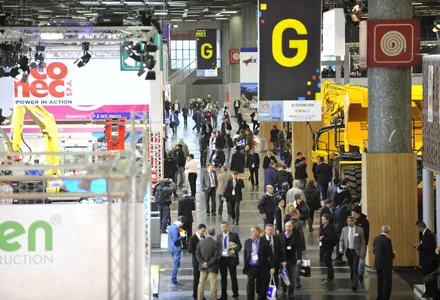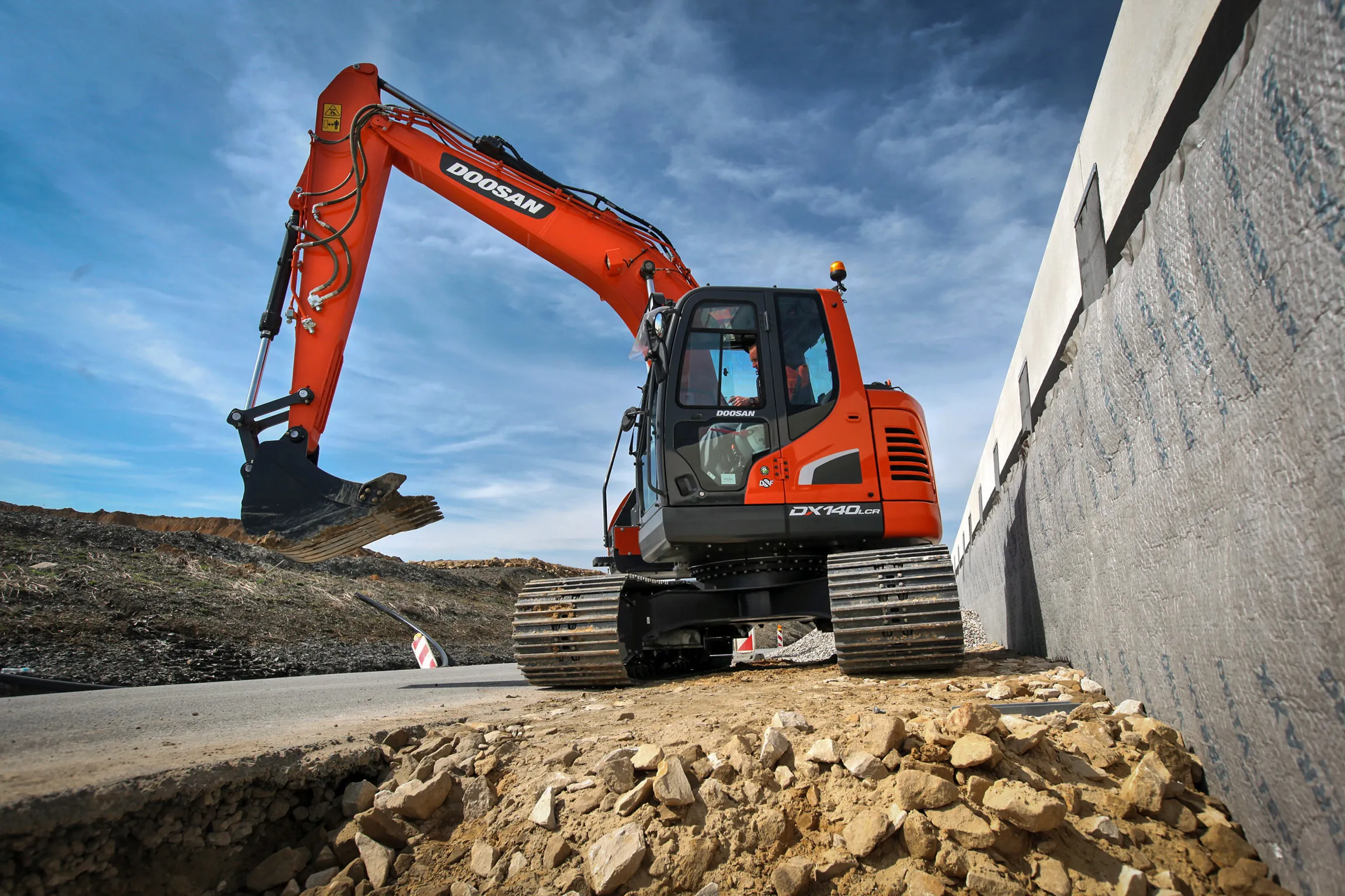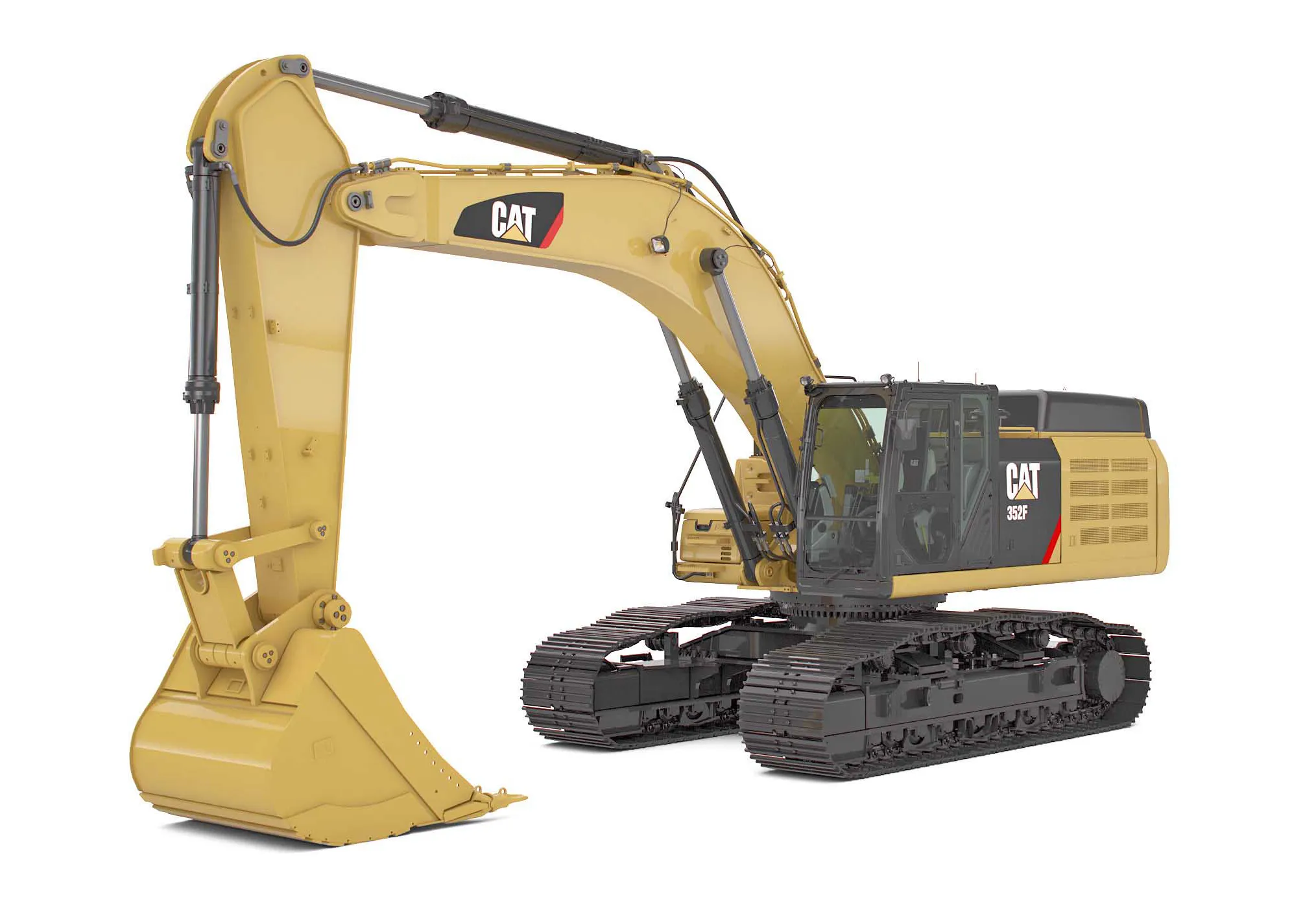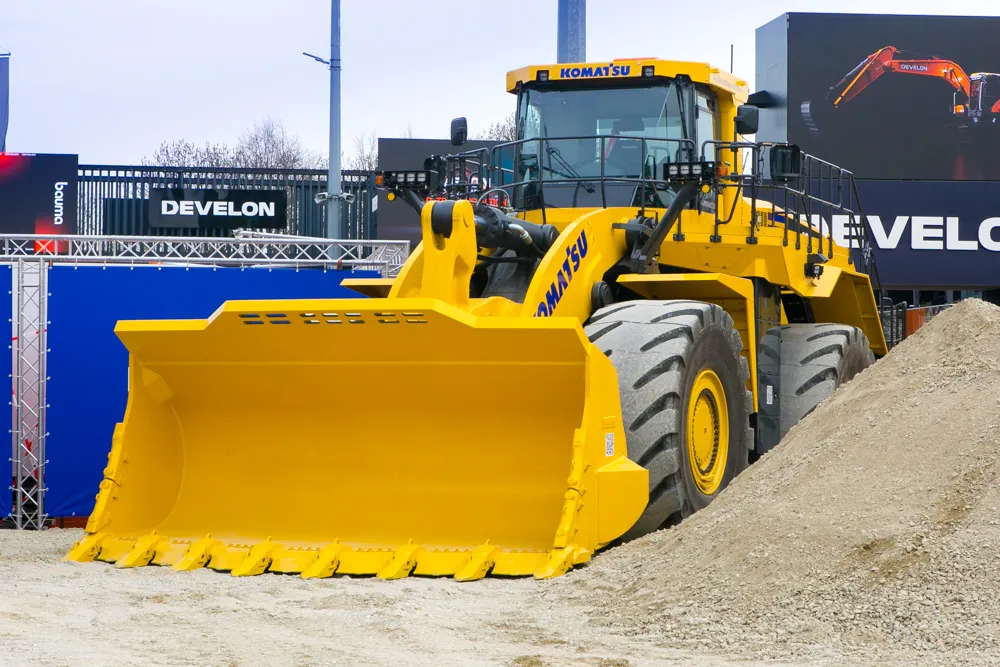Hyundai Heavy Industries Europe (HHIE) is unveiling its new quarrying heavyweight HX520 L crawler excavator.
One of six models from the company’s new excavator range, the HX520 L model has been built from scratch by Hyundai engineers as part of the move towards Tier 4/Stage IV regulation compliance.
The 52tonne HX520 L has a new Scania engine and, like the other new Hyundai crawler excavators, is said to benefit from a 3-6% reduction in fuel consumption.
With the new state-of-the-art engine technology, t
January 6, 2017
Read time: 2 mins

One of six models from the company’s new excavator range, the HX520 L model has been built from scratch by Hyundai engineers as part of the move towards Tier 4/Stage IV regulation compliance.
The 52tonne HX520 L has a new
With the new state-of-the-art engine technology, the side vent holes have increased in size for a better airflow towards the engine.
The HX520’s cabin has a redesigned front window and door, the latter now easier to open from the inside due to its extra handrail. The cabin also offers 10% more space to operators. Furthermore, the cabin also houses a new and larger full colour eight inch monitor screen. Easier to read, the monitor screen has more functions than previous model versions, including centralised switches for a number of applications. The main view on the screen is adjustable to the operator’s preference and can be controlled by touch and/or by the new haptic control button. Connection with a mobile phone is said to be easier than ever, as are connections with outside cameras for an all-round view.








